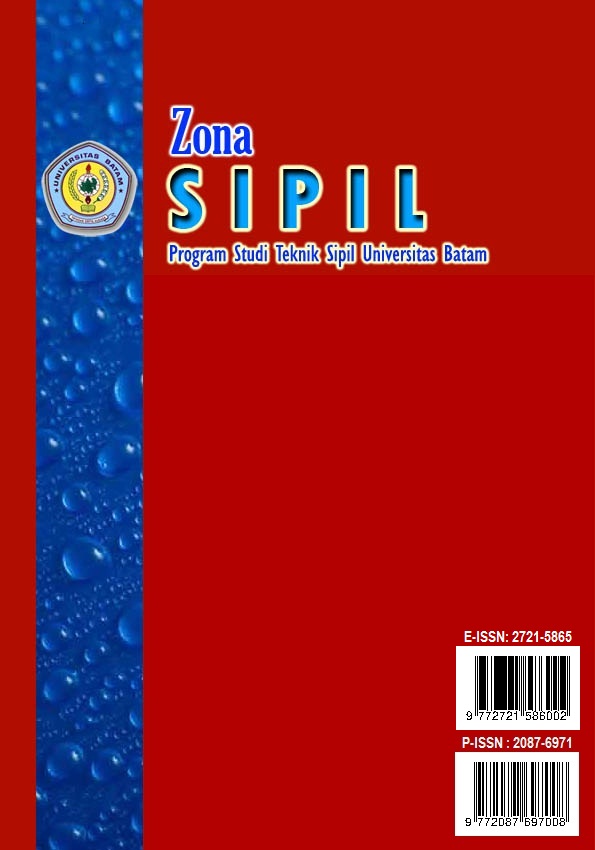INOVASI MATERIAL SEBAGAI SOLUSI KONSTRUKSI HIJAU : STUDI KASUS PEMANFAATAN LIMBAH INDUSTRI SEBAGAI BAHAN BANGUNAN
DOI:
https://doi.org/10.37776/zs.v15i2.1938Abstrak
The construction sector contributes significantly to environmental degradation through high consumption of natural resources and emissions. This research examines the role of material innovation in promoting green construction by utilizing industrial waste as alternative building materials. The study applies a qualitative descriptive method based on literature review and case analysis of fly ash, slag, plastic waste, and bottom ash. Findings show that these materials can partially or fully replace conventional ones, improving durability, reducing energy use, and lowering environmental impact. The utilization of industrial waste not only supports environmental sustainability but also contributes to circular economy principles in the construction sectorUnduhan
Diterbitkan
Terbitan
Bagian
Lisensi
Hak Cipta (c) 2025 Tiska Ayesa Puja, Yuanita FD Sidabutar, Fauzan, Akhbar Ilmiah Room

Artikel ini berlisensiCreative Commons Attribution-ShareAlike 4.0 International License.
Copyright and License
Copyright :Â Authors who publish their manuscripts in this Journal agree to the following conditions:
The copyright on each article belongs to the author.
The author acknowledges that Zona Sipil: Program Studi Teknik Sipil Universitas Batam has the right to publish for the first time with a Creative Commons Attribution 4.0 International License.
Authors can submit articles separately, arrange for non-exclusive distribution of manuscripts that have been published in this journal into other versions (eg sent to the author's institution respository, publication into books, etc.), by acknowledging that the manuscript has been published for the first time at Zona Sipil: Program Studi Teknik Sipil Universitas Batam;
License :
Zona Sipil: Program Studi Teknik Sipil Universitas Batam is published under the terms of the Creative Commons Attribution 4.0 International License. This license permits anyone to copy and redistribute this material in any form or format, compose, modify, and make derivatives of this material for any purpose, including commercial purposes, as long as they include credit to the Author for the original work.




